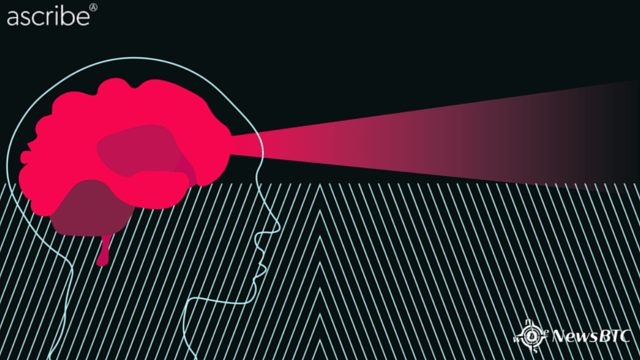For decades, copyright infringement and illicit use of digital content has become major issue for digital content providers.
Regardless of the efforts of search engines and government-backed organizations to penalize illegitimate users of copyright-reserved content, blogs, corporate websites, e-commerce shops, and media outlets have continued the use of copyright-reserved content, due to the lack of infrastructure to detect such illicit activities.
Blockchain-based digital content record platform Ascribe has launched a service called WhereOnTheNet to enable artists who ascribe their work on the blockchain to trace the pathway of their content on the web. By utilizing an intelligent and intuitive blockchain-based software, Ascribe’s WhereOnTheNet allows users to search sites which used their images with or without permission from the content provider.
As shown in the screenshot below, the Ascribe WhereOnTheNet platform provides precise information on which sites the image has been used and the date when the image was added to the site.
“WhereOnTheNet came from the realization that it’s futile to try to stop the spread of digital work over the Internet,” Ascribe senior developer Alberto Granzotto told NewsBTC in an exclusive interview.
“While some companies are trying to push encryption, watermarks and other DRM techniques, it’s just not feasible. Instead of trying to block copies, the next best thing is to get transparency on how your work is spreading, who’s using it and how it’s being used. For artists, the value of the work might even increase if the work is shared more, just like a YouTube video is more valuable if there are more views. We’re giving creators the tools that large media companies already use,” said Granzotto.
Initially, the Ascribe team planned the launch of WhereOnTheNet exclusively for Ascribe users and digital content providers. Overtime, the firm realized that a significantly large number of artists worldwide are suffering from copyright-related issues and decided to provide public access of WhereOnTheNet.
Anyone can easily track and receive an in-depth analysis of the image URL submitted on WhereOnTheNet search engine. Through advanced filters, the platform matches slightly altered images, which previous applications failed to do.
“With WhereOnTheNet, everyone has access to the ascribe analytics and can use the tool to find occurrences of their own work or trace how and where any image has spread by simply pasting the image’s URL into the site. By using an image similarity match method, it means that even if the photo has been slightly altered – cropped, filtered, edited – WhereOnTheNet can still find it. There’s a lot of work to do to gather more data and refine the matching algorithm but it’s a starting point,” he added.
However, users registered in the Ascribe platform still have a significant advantage over those using the public WhereOnTheNet web-based application. Ascribe, with its unique blockchain-based cryptographic ID issuance system and unbreakable ledger of content data enables artists to generate legal certificates to verify and authorize content distributed on the web.
The Ascribe team has already partnered with leading art-focused organizations and institutions including cointemporary, ikonoTV and Berlin Art Prize to enable artists to protect their works from copyright infringement and illicit uses.
“When you register a piece with ascribe, a unique cryptographic ID is generated and stored on the blockchain, locking in authorship and creating an unbreakable link to your work. You can generate and print out a unique cryptographic Certificate of Authenticity that includes the date of your claim, details about the work and a link to verify the work via ascribe. By storing these on the blockchain, anyone can verify it’s authenticity at any time with no third party support needed. Meanwhile, WhereOnTheNet traces the spread so you can share your work freely and get visibility,” said Granzotto.
